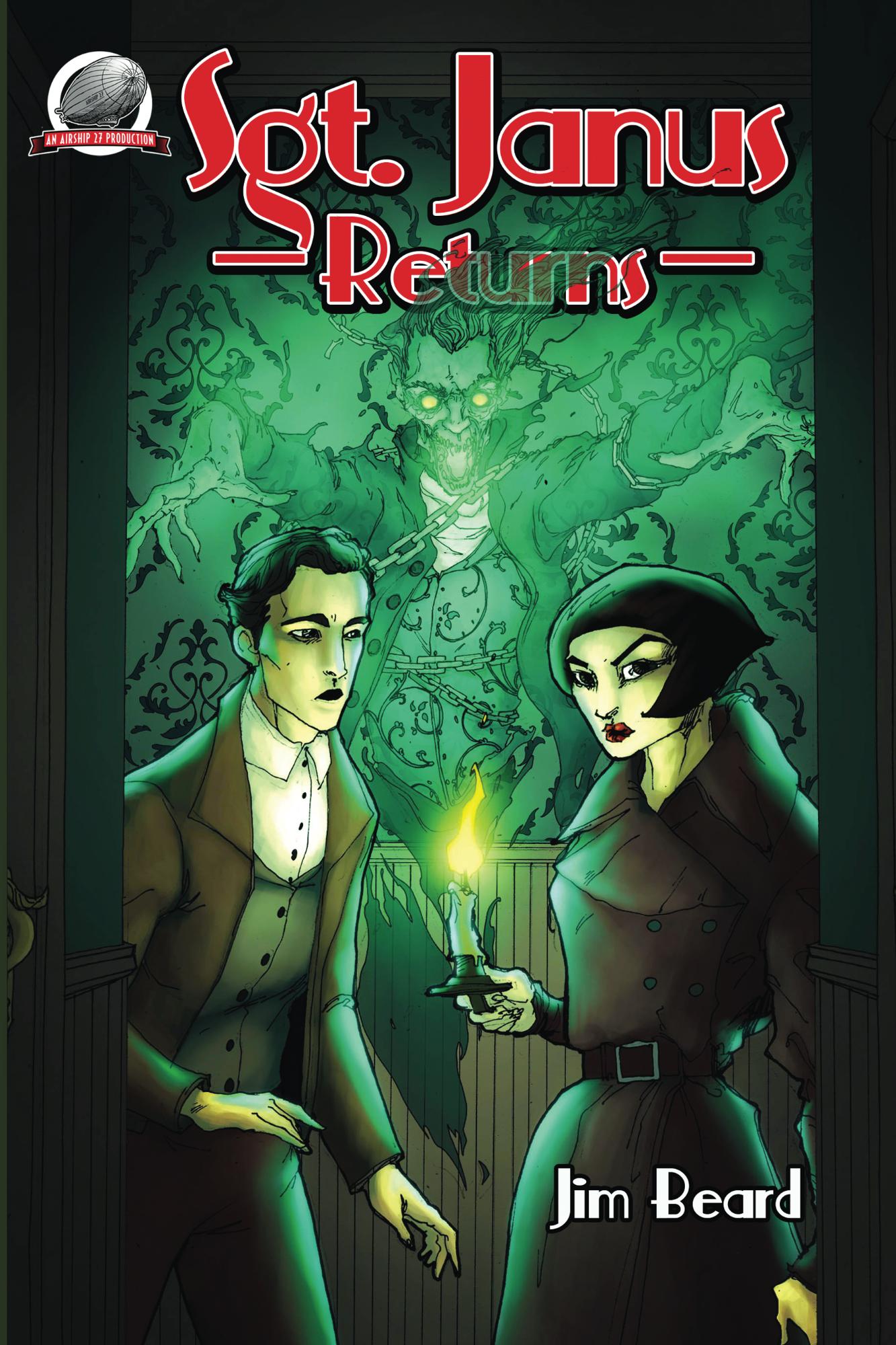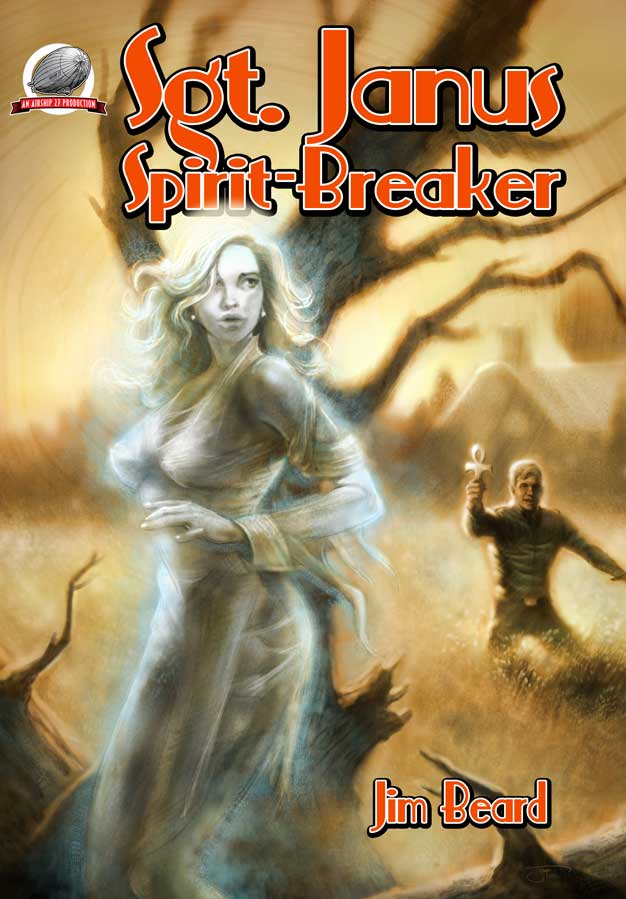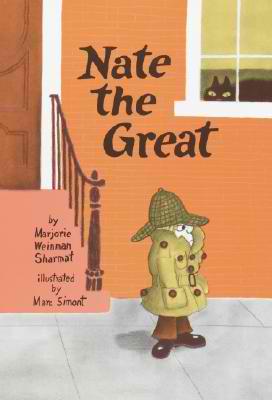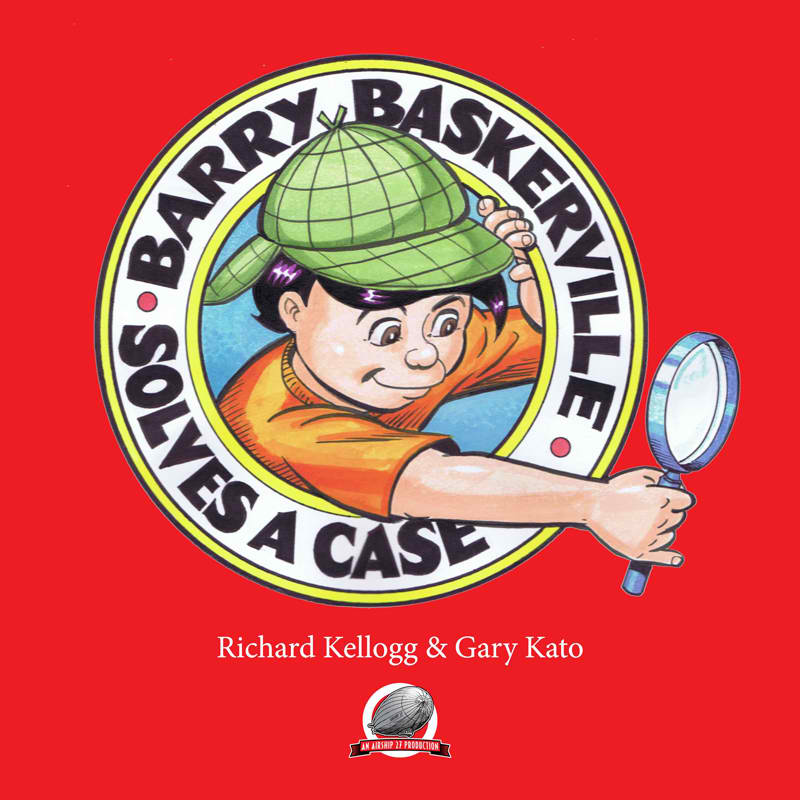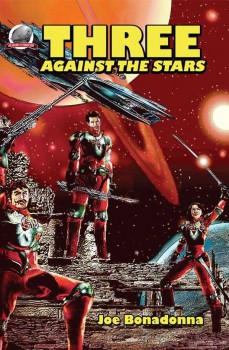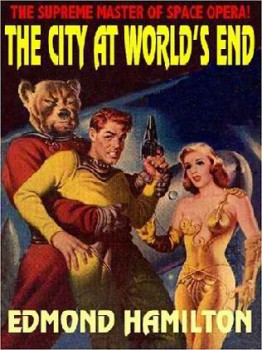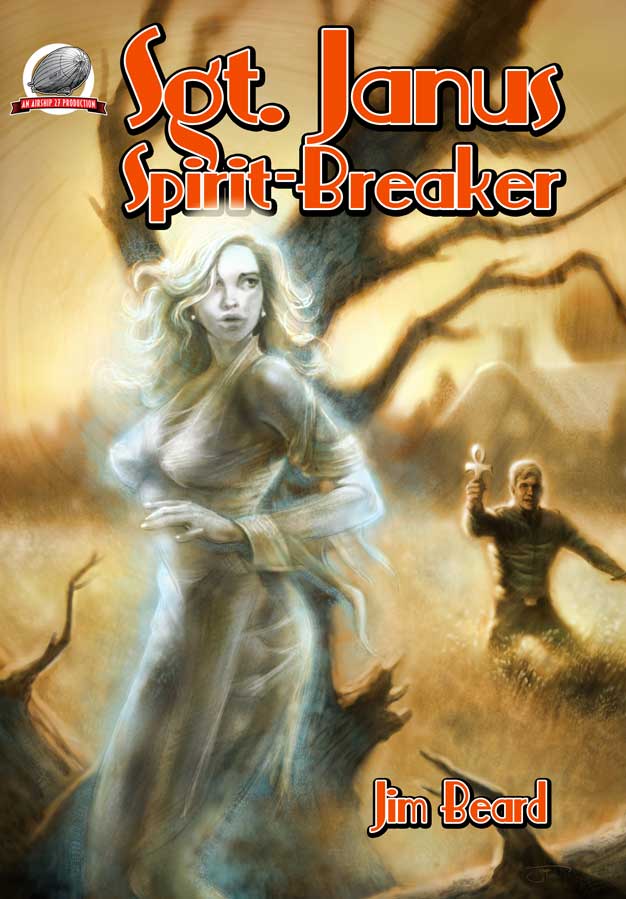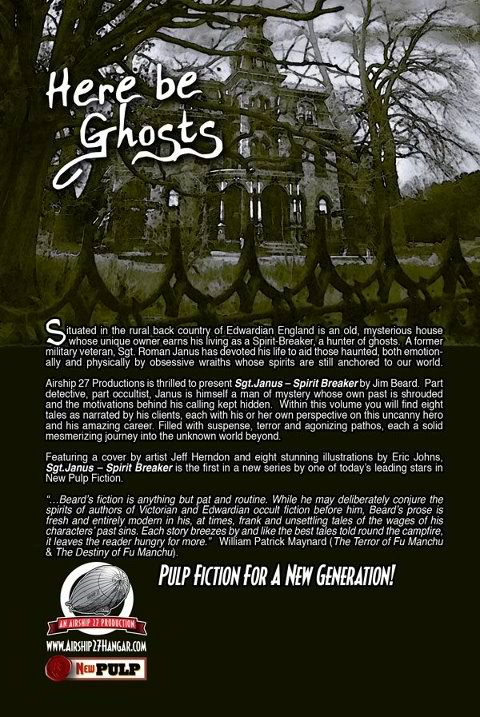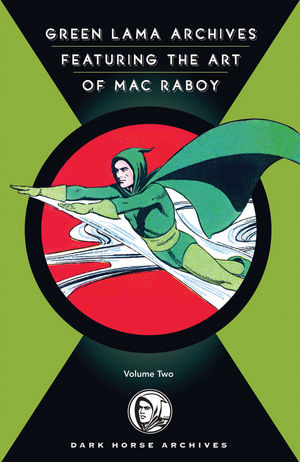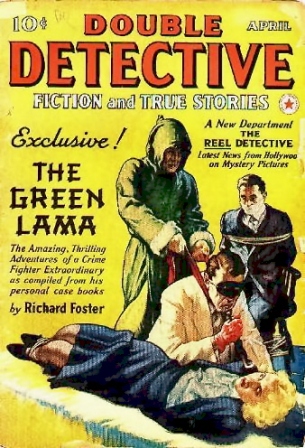As Tartary Burns
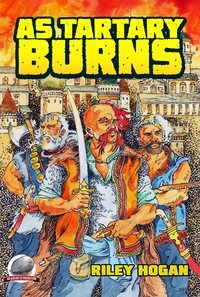
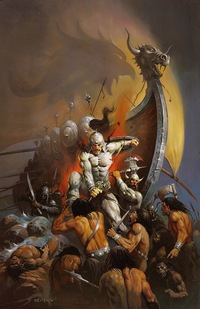 As Tartary Burns is the debut novel by Riley Hogan and is newly published by Airship 27. Calling the novel pulp fiction isn’t completely accurate. Hogan finds himself in the same position as the standout talents of the pulp world of the 1920s and 1930s who were published in the pulps, but whose prose was more polished and literate than most of their peers to the degree that it seems an oversight they were passed up by the slicks. Many of those talents today are recognized as having lasting literary value. So it is with As Tartary Burns, an ambitious fast-paced historical adventure that presents an alternate history of the Cossacks, Ottomans, and Crimeans.
As Tartary Burns is the debut novel by Riley Hogan and is newly published by Airship 27. Calling the novel pulp fiction isn’t completely accurate. Hogan finds himself in the same position as the standout talents of the pulp world of the 1920s and 1930s who were published in the pulps, but whose prose was more polished and literate than most of their peers to the degree that it seems an oversight they were passed up by the slicks. Many of those talents today are recognized as having lasting literary value. So it is with As Tartary Burns, an ambitious fast-paced historical adventure that presents an alternate history of the Cossacks, Ottomans, and Crimeans.
Hogan’s book has been likened to Robert E. Howard and Harold Lamb. One reviewer suggests comparison to the film Braveheart. I felt it read like a stream-lined Game of Thrones with the explicit sex and language excised. Hogan is possessed not only of an obvious passion for history, but a pride in the culture, folklore, and religion of these people to the degree that one wonders if it is his own heritage. His reshaping of world events makes one curious if he plans not so much a conventional follow-up, but rather an expanding alternate history of the world set in different epochs.
